America's current critical mineral strategy threatens disaster
Russian oil sanctions have failed, China tariffs could be next
What would happen if global critical mineral supply fragmented due to geopolitical shocks?
In a worst-case scenario with global markets splitting into two blocs, based on the 2022 UN vote on Russia’s war in Ukraine — the “US-Europe+ bloc” and the “China-Russia+ bloc” — an IMF model simulates:
prices for copper, nickel, lithium and cobalt could increase 300% for the China-Russia+ bloc as they lose access to key critical mineral imports (Chile, Congo, etc)
and the US-Europe+ bloc would see an "oversupply of minerals" that it could not process for years as it scales up mineral refining capacity
We're not there (yet!), but the global commodity market is already fragmenting, with potentially disastrous impact on US supply and investors because, for now, it’s critical mineral supply in the West that is under threat of price rises and supply shutdown, not China — with ripple effects across the global economy.
🚀 Please smash the ♡ button, subscribe for the banter ✓ and share with friends and colleagues. We are always grateful for your comments and support.
Why are critical minerals vulnerable?
In the IMF’s simulation, critical minerals are, by far, the most vulnerable commodities to such geopolitical disruption, particularly due to their geographically (mining and processing) and technologically concentrated nature.
The issue is that critical minerals are homogenous.
ie they are identical in quality, shape, size and color. Copper is copper. Not, for example, a mobile phone, with Apple, Android and all the variations in-between. So, in our integrated, globalized world, and within a reasonable margin, no producer should be able to charge a different price, wherever the minerals are mined.
But, threats to the globalized economy — and, in particular, critical minerals trade — is threatening this homogenous price balance with fragmentation in commodity supply, with it’s subsequent price rises, already happening.
The main reasons impacting new price imbalances include:
war, sanctions
supply chain risk
geopolitics
subsidies
tax credits
export restrictions
ESG, decarbonization
increased scrutiny
The increased convergence of these factors means critical mineral price differentials have widened across different geographic markets for some commodities, with the knock-on impact that investment flows are also increasingly volatile with costs increasing/decreasing concurrently.
There are six major turning-points that have accelerated this recent breakdown in globalization:
Trump-China trade war, 2018
Covid pandemic and national lockdowns, 2020
Russia’s invasion of Ukraine, 2022
Inflation Reduction Electric Vehicle and Renewable Energy tax credits, 2022
China’s critical mineral export restrictions (eg graphite, gallium, germanium), 2023
Red Sea, Suez Canal, Panama Canal shutdowns and trade delays
and, of course, many other events in-between
For example, there were more than x6 times more new trade restrictions in commodities in 2022 than the 2016–19. In contrast, new restrictions on overall trade increased x3.5.
Critical minerals are particularly vulnerable to disruptions in supply chains due to the concentration of reserves and mining, as well as processing plants. This is not just geographic reserves of deposits, but concentration of technological know-how, infrastructure, financing, transport hubs, permitting opportunities, friendly geopolitics, etc.
For example, roughly half of the world’s countries rely on three or fewer exporting countries for their imports of minerals, and a quarter on only one. The three biggest supplies of minerals account for, on average, 70% of global production.
This mining and processing capacity can’t just be “switched on” elsewhere in the world — a mine can currently take up to 12-16 years to develop, depending on the location, environmental permitting, political and community support, technology, and type of mineral. And that's once you've actually discovered new deposits, which can also take years.
Shipping is also a problem, a physical fragmentation from sanction Russian ports to the dangers of the Red Sea, with costs rising as metals must find new ports and routes (legal and illegal).
Indirect vs direct price bifurcation
The argument we most often hear is of a bifurcation of critical mineral markets, in particular between the US and China as trade and geopolitical tensions increase. It runs roughly as follows:
China has secured, through significant state support, a dominant position in the global critical mineral mining and processing capacity
the US (and West) want their own supply of critical minerals to compete across the renewable and electric vehicle markets, as well as secure their high tech and defence capacity
the problem is the US financing model for such large, long-term investments cannot compete against Chinese subsidies for minerals that are not produced to the high Western environmental, sustainability, and governance (ESG) standards, as well as China’s substantial head-start
the only way for the West to compete is to exclude Chinese supply and goods through tax incentives for domestic minerals and production, thereby shutting out Chinese supply and encouraging "on-shoring" or "friend-shoring"
Western production costs would likely mean critical minerals are more expensive in the West, with a premium on environmentally-friendly and more transparent production lines, with cheaper minerals and goods from China essentially shut out
China also has its own fragmentation mechanism: export restrictions, for example, with gallium and graphite, which could increase prices outside of China
One of the most recent examples of this trend: electric vehicles (EV) with batteries containing minerals extracted, processed, or recycled by a "foreign entity of concern" (ie China, Russia, Iran and North Korea) sold in the US, will not be eligible for tax credits under the Inflation Reduction Act.
The incentive is for electric vehicle manufacturers to source their minerals from domestic sources, and so encouraging investment in mining and processing in friendly jurisdictions.
(the EU, and others, are also introducing it's Carbon Border Adjustment Mechanism (CBAM) which will raise the costs of imported minerals that are not environmentally-friendly, which will have a similar impact - read our analysis)
It sounds logical at first and essentially appears to be the main direction of travel by the US (Trump has threatened to more tariffs if elected to the presidency in 2024).
The graphite industry, for example, needs a premium to justify the long-term investment needed for the project.
"You will see a major disconnect in the future between pricing in North America and China. We expect, in the future, the customer will be willing to pay a premium compared to China of between 30% and 50%.... If they're not willing to pay a price between $9,000 and $12,000 per ton for the material, there is no way we can justify the capital to produce the material"
— Eric Desaulniers, president and CEO of Nouveau Monde Graphite Inc
There is however a problem, or many problems, with this strategy.
The coming critical mineral price crisis in the West
The warning
The first sign that something is not right: the tax credit restrictions on critical minerals were supposed to start in January 2024 — but the US Treasury has given a "temporary" exemption for some trace critical minerals from China and other countries listed as a "Foreign Entity of Concern" until 2026.
The reason was described probably most aptly by a statement by the Alliance for Automotive Innovation:
“The EV transition requires nothing short of a complete transformation of the US industrial base. It’s a monumental task that won’t happen overnight.”
The truth is that, without some significant technological breakthrough, two years — with the current levels of government and financial support — is simply not enough for any electric vehicle or battery manufacturer to overcome the monumental task of removing all critical minerals sourced from China in time to meet net-zero targets.
We highly expect the old phrase from Milton Friedman to ring particularly true in this case: "Nothing is so permanent as a temporary government program."
The questions around the policy are aplenty, but to highlight a few:
the commodities market — especially critical minerals — can be extremely opaque, due to it's homogenous nature, as to source of origin. How does the US Treasury propose to trace the source of origin of the EV critical minerals? (eg how do you know where the rare earths in an electric battery actually came from?)
and at current projections the West is set to remain dependent on Chinese minerals for many years. In 2022, out of 50 critical minerals, the US was 100% net import reliant for 12, and had an import reliance greater than 50% for 31 others.
To take just one example, the US is net import reliant for 76% of it's cobalt, with Congo producing more than 70% of global supply and China accounting for 68% of global refining capacity — when the price of cobalt fell, a newly proposed cobalt mine in Idaho, US, closed. And it's not just cobalt, nickel mines in Australia (a domestic US jurisdiction) are now closing due to low prices
there are indications that a potential Republican administration will prioritise mines and permitting, but as we've highlighted, this could take years, even decades, and are investors and consumers prepared to bear the cost?
But there is perhaps a more serious, recent warning that the current strategy may fail — and with significant consequences.
The failed Western oil and gas sanctions on Russia
In December 2022, the West banned imports of Russian crude oil after it's invasion of Ukraine, and then placed a US$60 price cap on Russian oil sold to third parties.
It's a similar tactic to the West's approach to critical minerals: ban the imports of critical minerals from China.
The problem: the ban on Russia's oil have — so far — failed, with Russia's monthly income from oil exports greater now than before the invasion of Ukraine, leaving the West with the worst of both worlds: high prices that are benefiting their competitors.
The reasons for the failure of the sanctions include:
countries are buying very large volumes of Russian crude oil, cheaply, processing it and selling it on without restrictions due to the difficulty in tracing the original crude, as well as a loophole that allows refined petroleum products to still be imported into the West (eg India's imports of Russian oil increased by 134% in 2023, almost half of Russia's seaborne crude trade)
Russia is using a "shadow" fleet of tankers to obscure the origin of it's oil exports, with minimal investigations and arrests by the West against those flouting the rules
limiting and making more difficult the export of oil from the Russia, has pushed up prices in the West. The West has responded by trying to push oil prices down by, for example, drawing the US Strategic Petroleum Reserve (SPR) down to it's lowest levels since it's inception, turning a blind eye to rising Iranian oil exports to China, as well as record US shale oil output
Basically: if you restrict a commodity, it becomes more expensive.
Instead, arguably the most effective way to dramatically reduce Russia's oil income is to remove as many sanctions and restrictions as possible on oil exports/imports — and flood the market, thereby crashing the price and hitting Russia's crude income.
We understand, of course, this is a very complex market and we are presenting a very simplified argument (eg the US would have to work hard to get Saudi Arabia onboard, but the fact that the opposite has happened with OPEC+ announcing cuts to production only reinforces our concerns).
So, what about critical minerals
The West appears to be headed in a similar direction with critical minerals but, this time, without the extra cushion of shale oil, the SPR, as well as Iranian oil, etc, that has helped keep oil prices low.
The US has introduced what is essentially a price cap on critical mineral imports with its Inflation Reduction Act tax credits, thereby raising the costs for the US consumer — but leaving the backdoor open for untraceable, cheaper processed minerals from China, with the potential that China's critical mineral revenue increases — in spite of the restrictions.
And, in our current scenario, it's China who has the potential to flood the market with cheap processed minerals, knocking out Western competition.
Just two recent examples:
China is currently "aggressively expanding" it's cobalt mining in Congo and Indonesia despite falling prices, to increase their market share of the mineral. Benchmark Mineral Intelligence estimates China's CMOC Group is set to become the world's biggest cobalt producer, overtaking commodity group Glencore with 30% market share by 2025
Albemarle, the world’s largest lithium company, has warned it could lose market share to Chinese producers as falling prices stall Western expansion plans, while, for example, Chinese producer Ganfeng Lithium, with Chinese subsidies, plans to double its purchases of spodumene concentrate — a mineral from which lithium can be extracted — over the next three years
nickel mines across Australia and New Caledonia are halting operations as the price falls due to over supply from Indonesia (and an economic downturn) which is expected to increase it’s share of global supply from 55% to 70% by 2030.
China's three biggest electric vehicle manufacturers are reportedly planning to invest tens of billions of dollars to build EV and battery factories in Mexico, "alarming" US officials with the potential to sidestep US trade restrictions.
Export value for automotive components to Mexico from China increased 35% in 2018, the same year Trump introduced restrictions, followed by a 48% increase in 2021. China’s exports of auto components to Mexico have also increased by volume, up x2.6 in 2023 compared to the eve of the US-China trade war in 2017
“This is not sustainable, overcapacity will inevitably lead to a problem. We have come to the realisation that this is a structural problem and that it stems from the fact that part of the Chinese production system is not driven by market behaviour, but by Chinese Communist Party-directed investment.
— Pascal Lamy, former head of the World Trade Organization, now distinguished professor at China Europe International Business School
And other critical mineral producers, such as Chile and Brazil, are already signaling their preference to play both sides, rather than ally with only the West or China.
Our own network and experience suggests the same: Western automakers and electric battery manufacturers are at least a decade behind in sourcing suitable quantities of secure supply of critical minerals to try and meet expected demand, even with Chinese supply
In the meantime, the EU's ban on the sale of new internal combustion engines comes into force in 2035, and the US targets a 50-52% reduction from 2005 levels in economy-wide net greenhouse gas pollution by 2030.
Conclusion
As we have suggested with the West's oil sanctions against Russia, the real solution to the West's challenge over a secure supply of critical minerals is to dramatically reduce the costs to produce and process critical minerals — and flood the market. It’s the strategy currently being pursued successfully by China against Western mining ambitions.
This is obviously not as easy as it sounds, especially in a free market economy. But the current strategy threatens much worse if not enforced properly, and we are skeptical it will be, especially over the long-term, when the economic pain of price increases starts to kick in. But, then it could be too late.
🚀 Please smash the ♡ button, subscribe for the banter ✓ and share with friends and colleagues. We are always grateful for your comments and support.





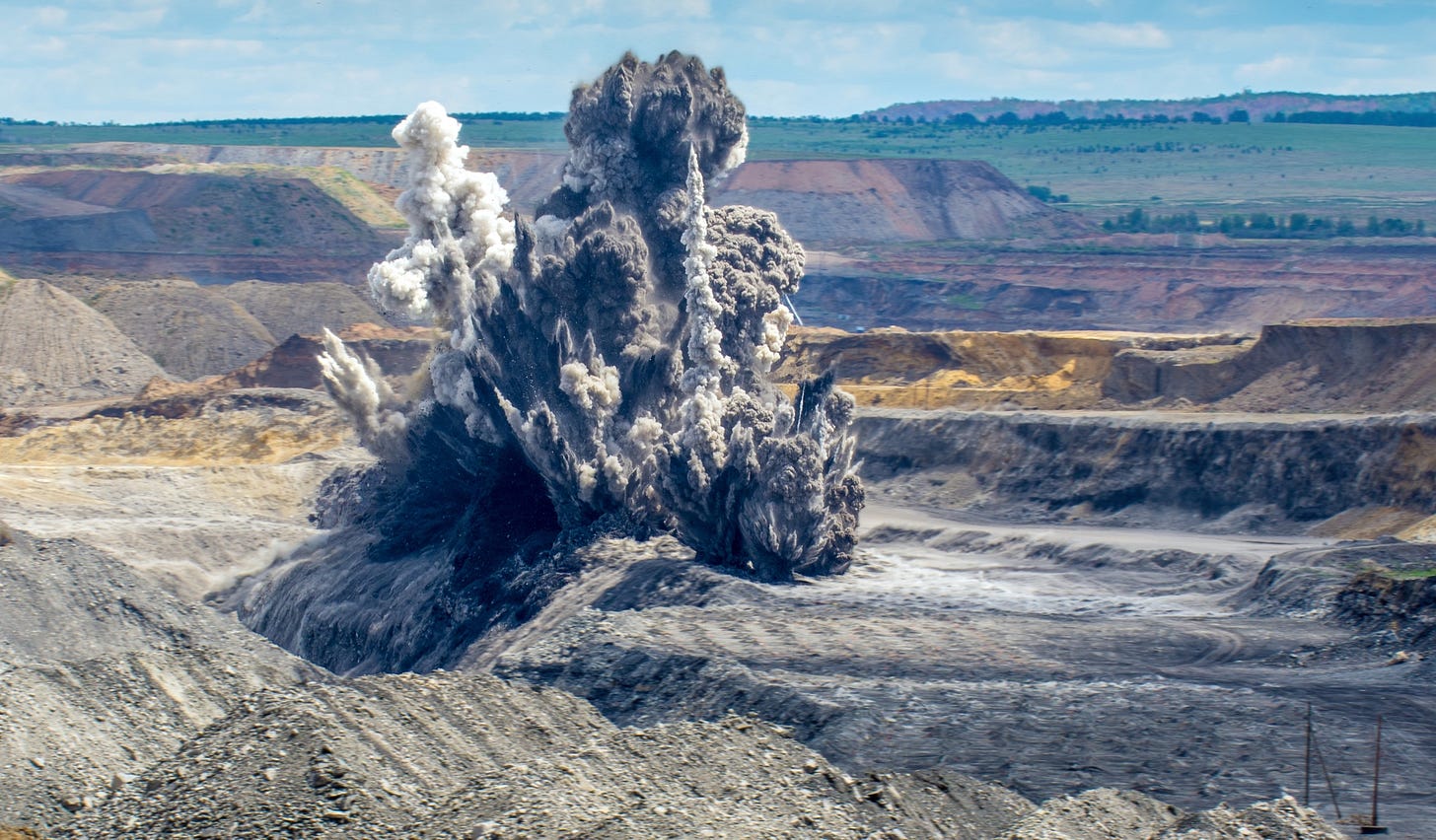
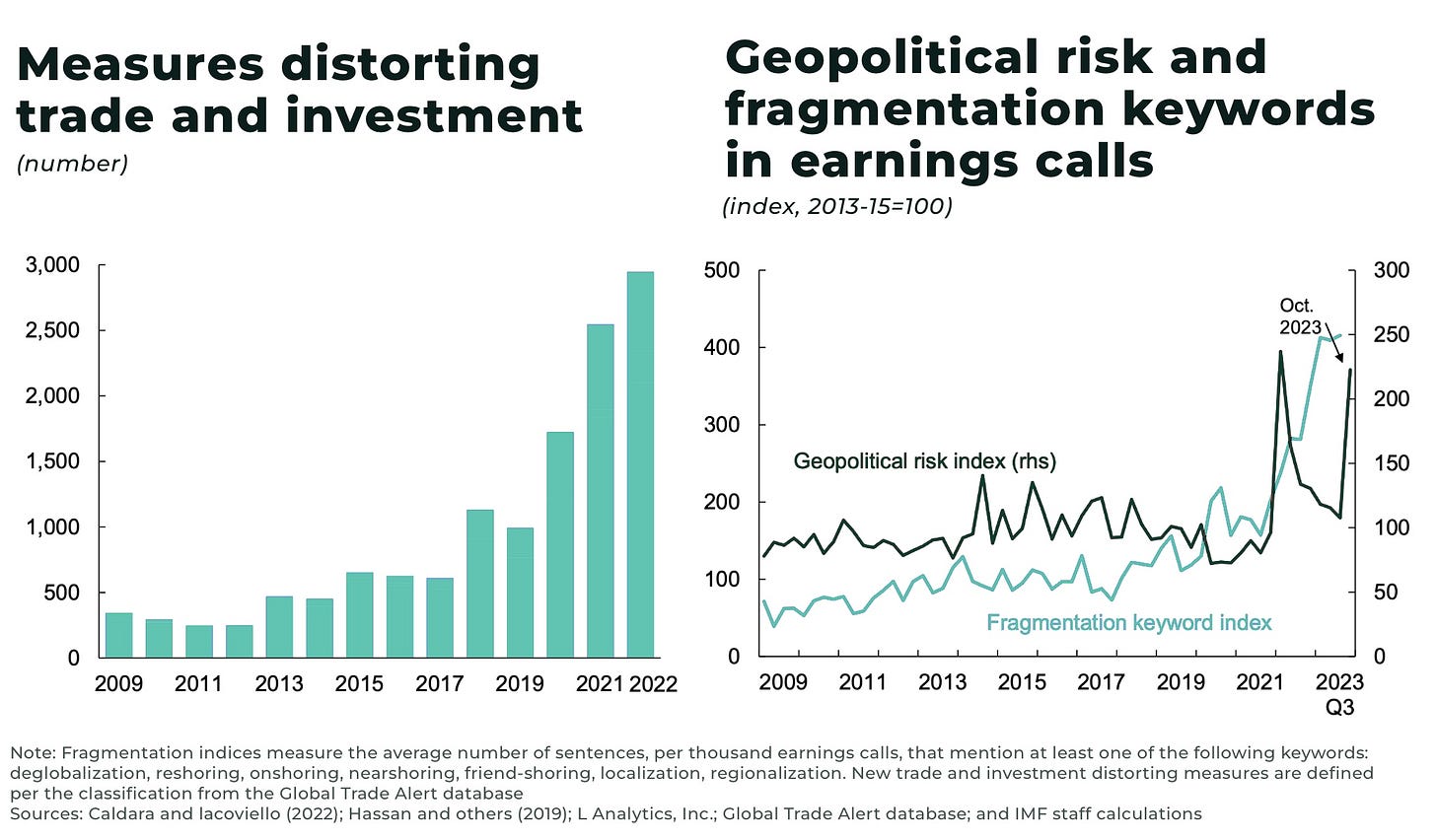
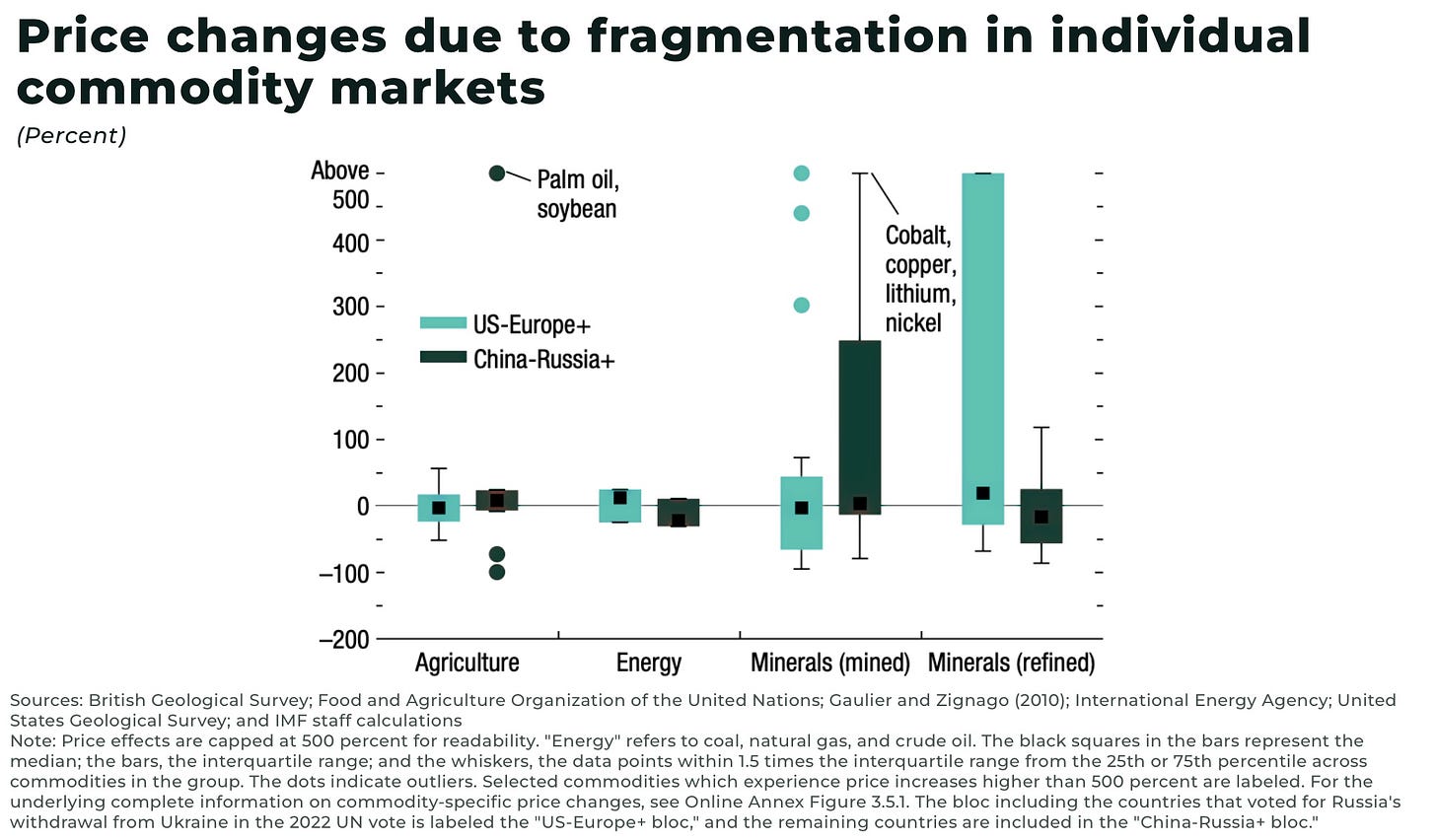
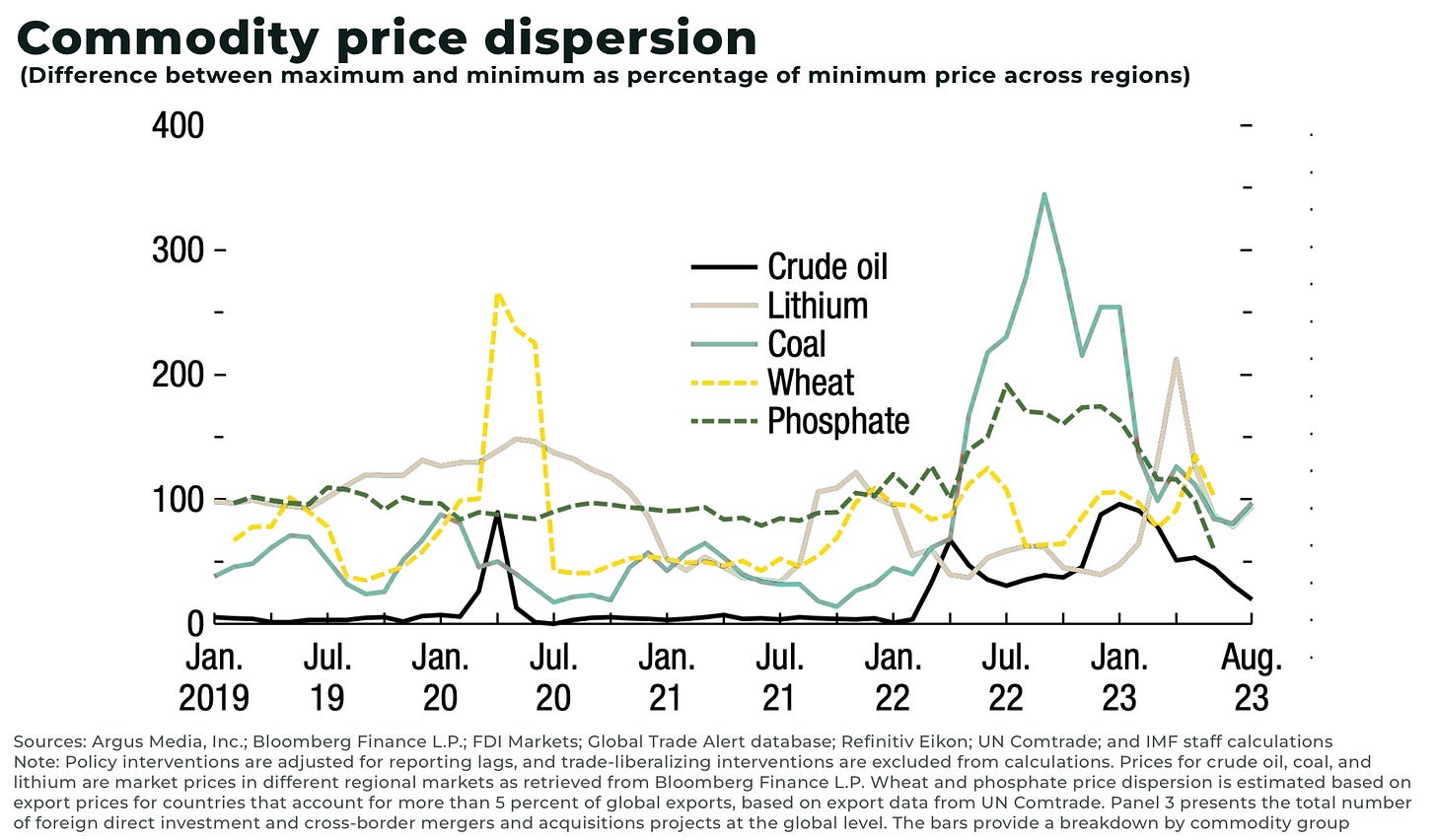
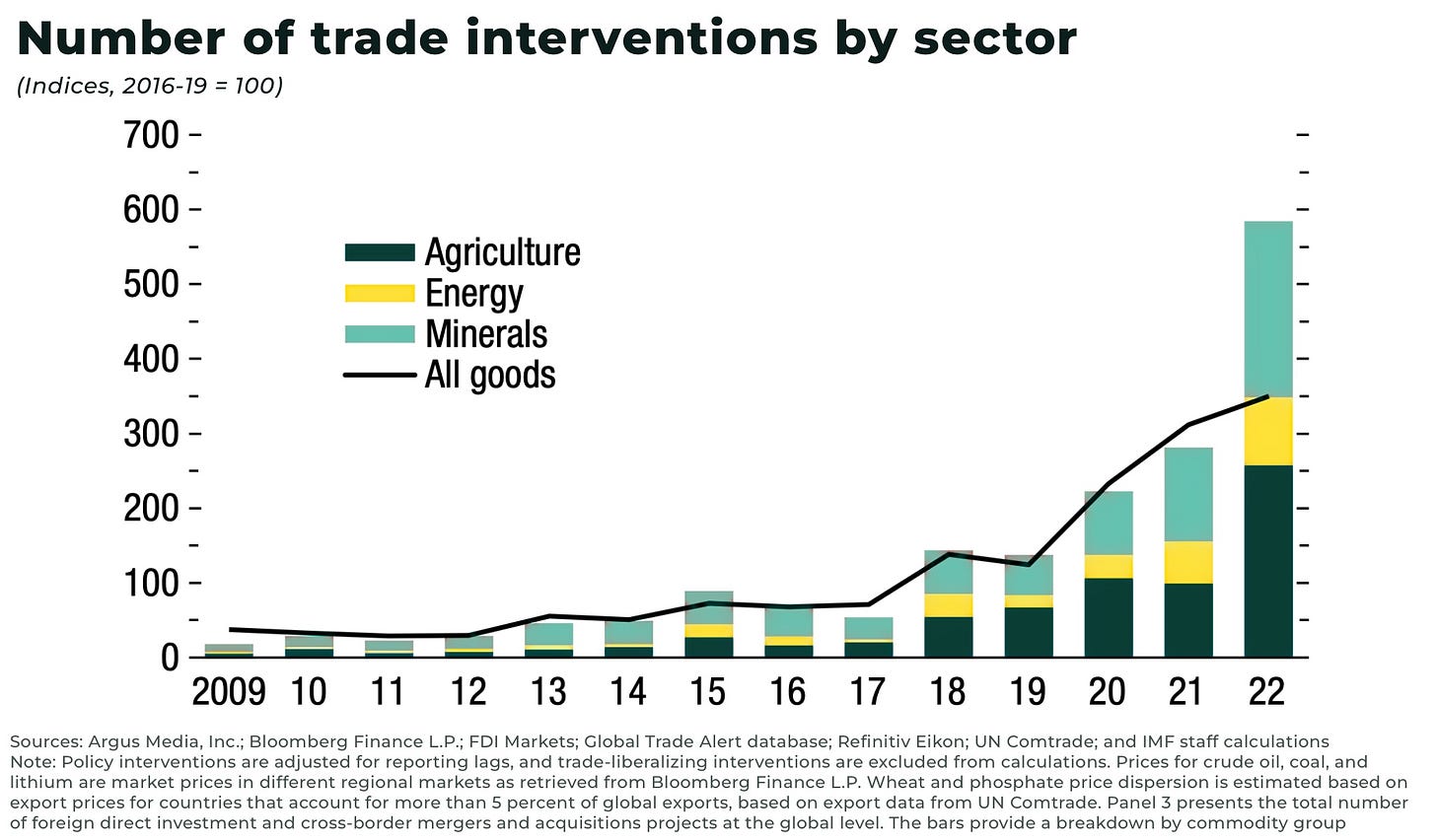
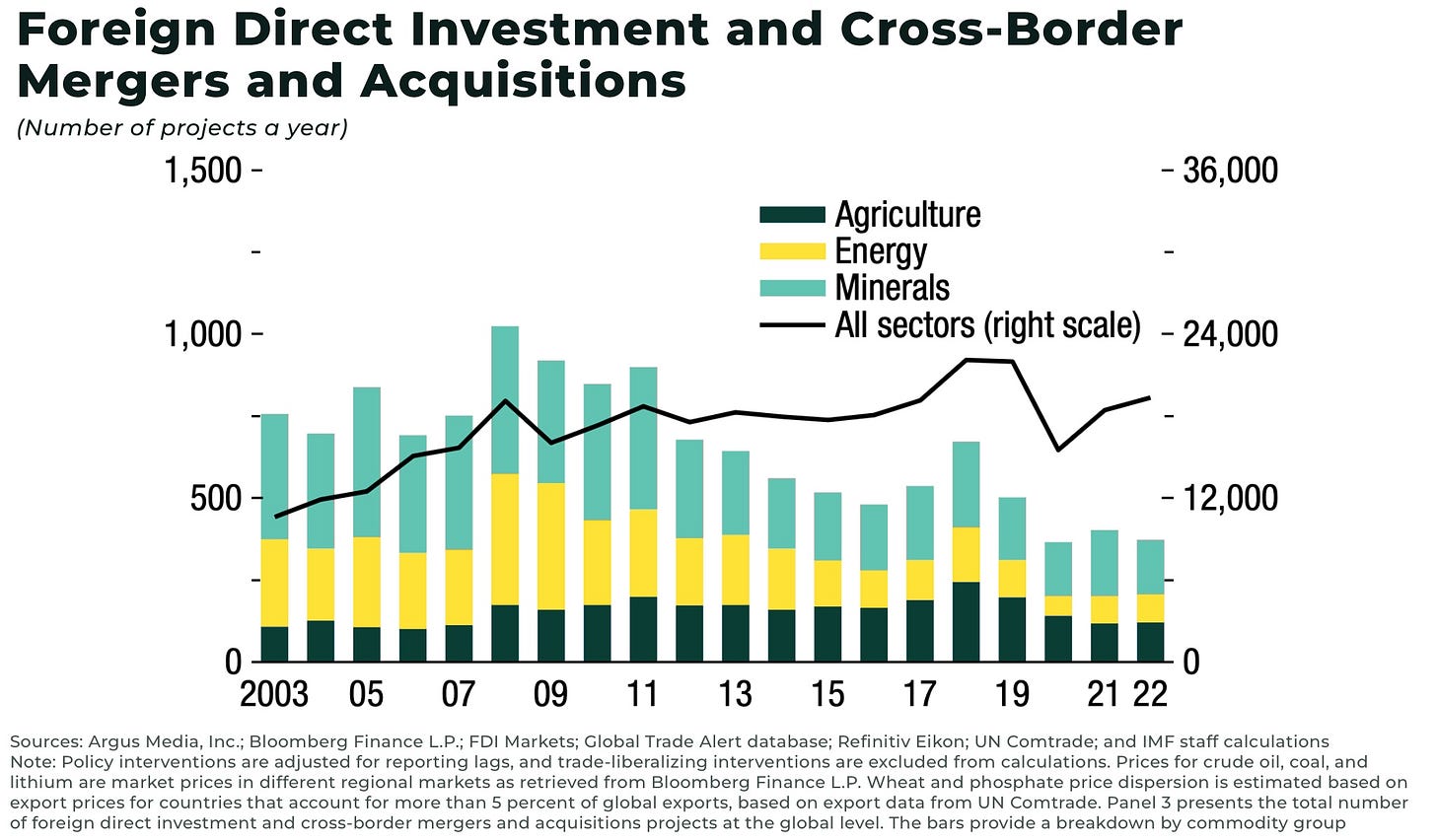

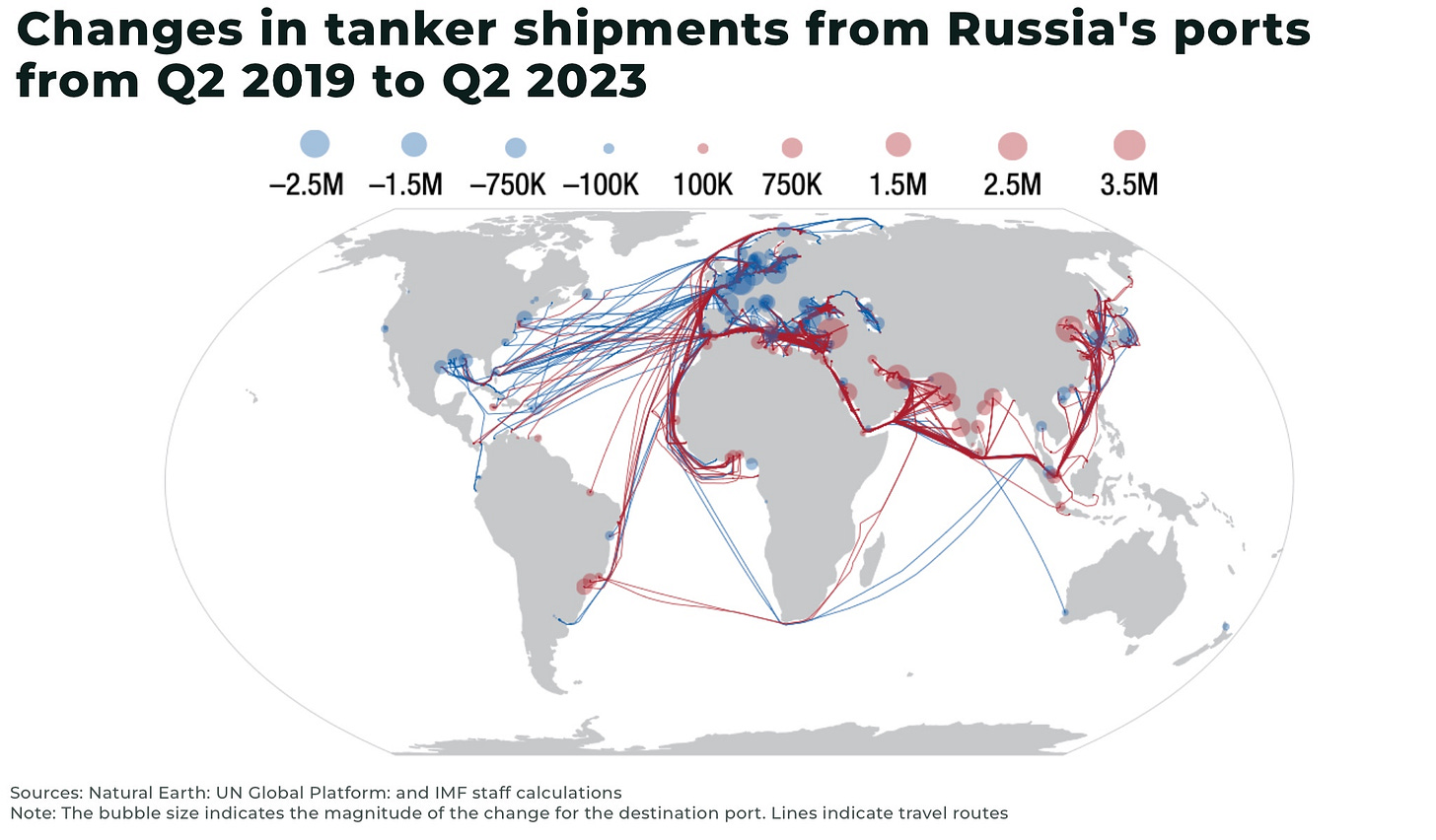
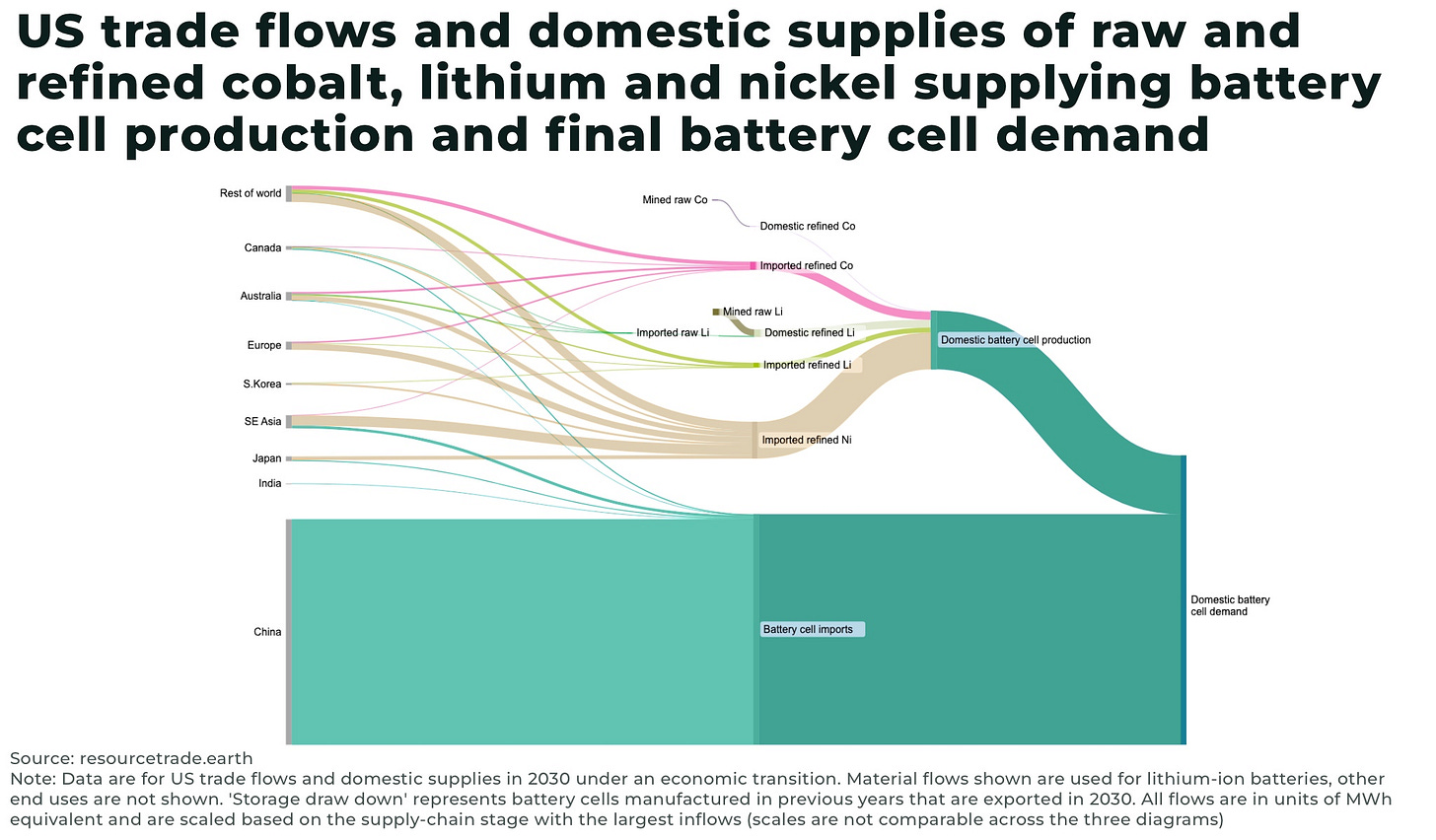
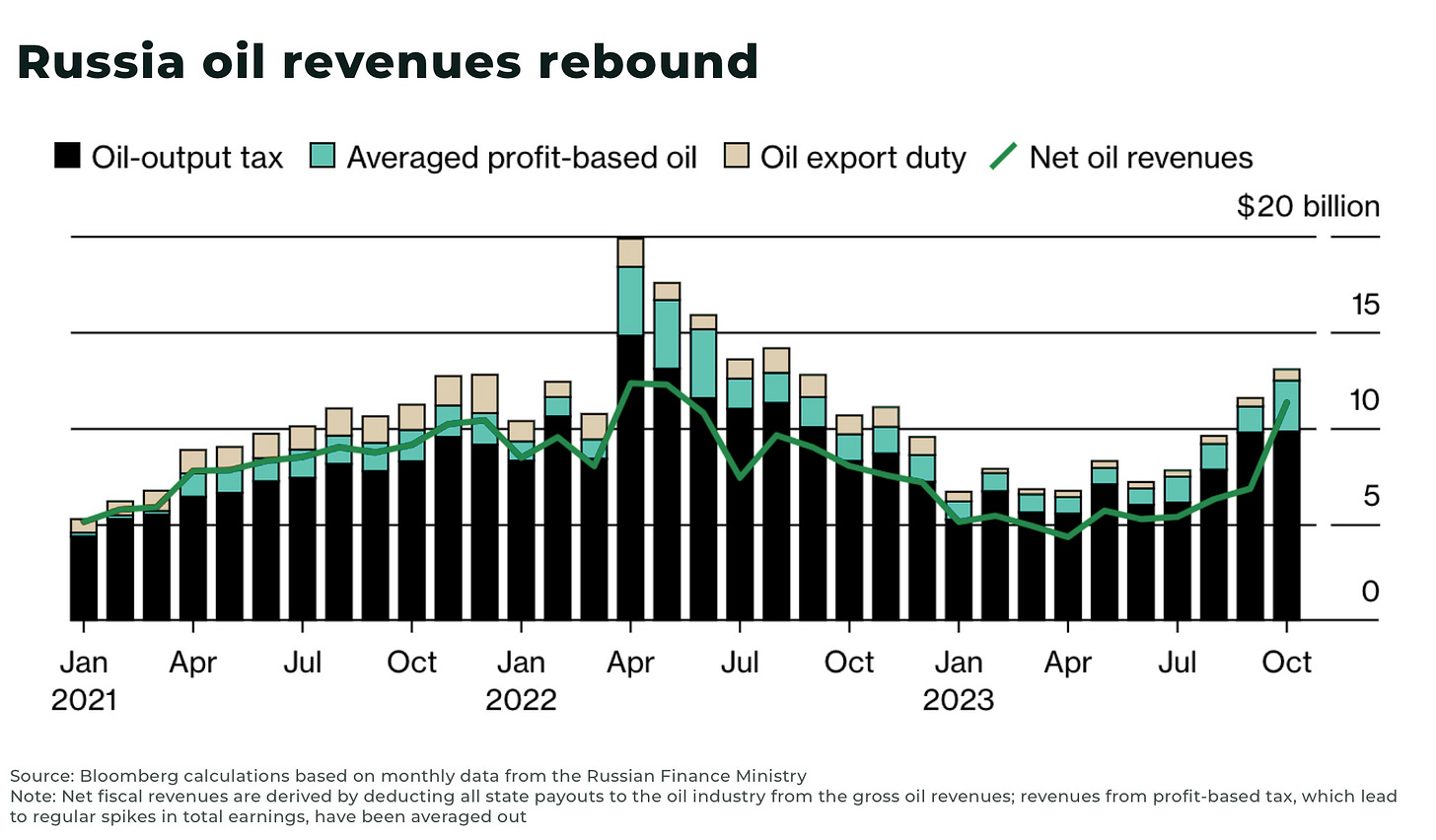

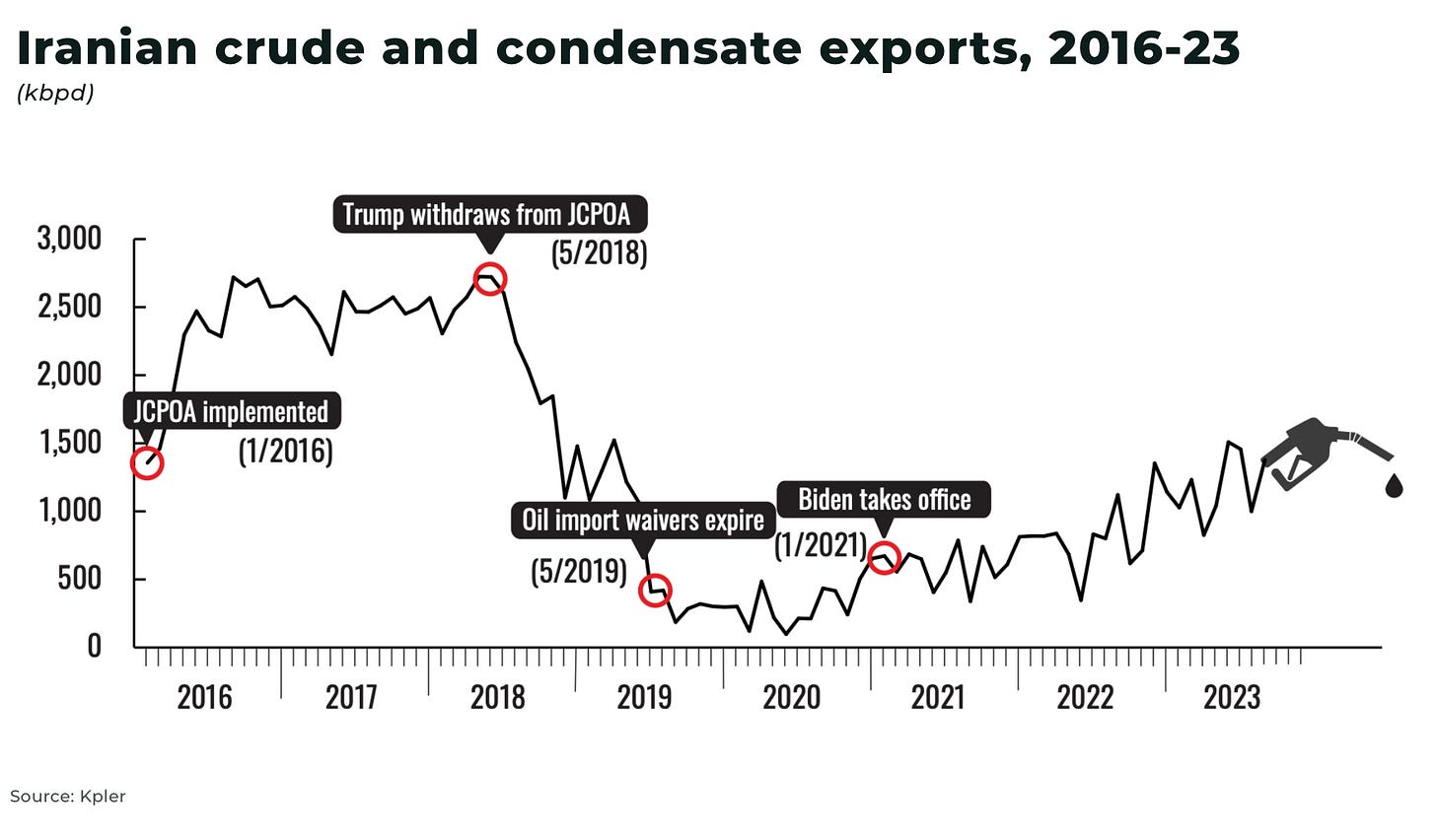
Taseko may be an interesting play with their Florence insitu project. It's expected to produce over 99% pure copper cathode. No smelting required.